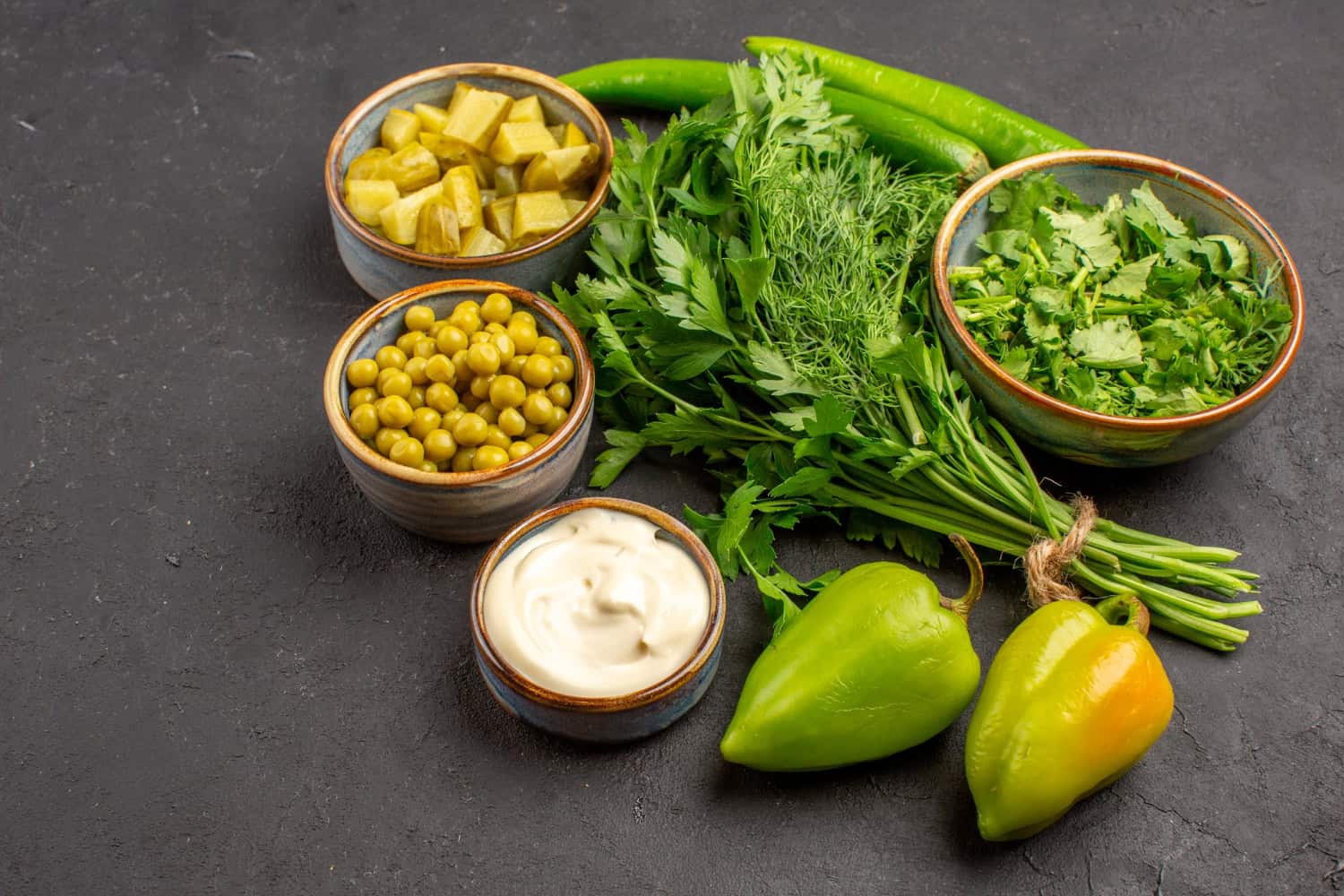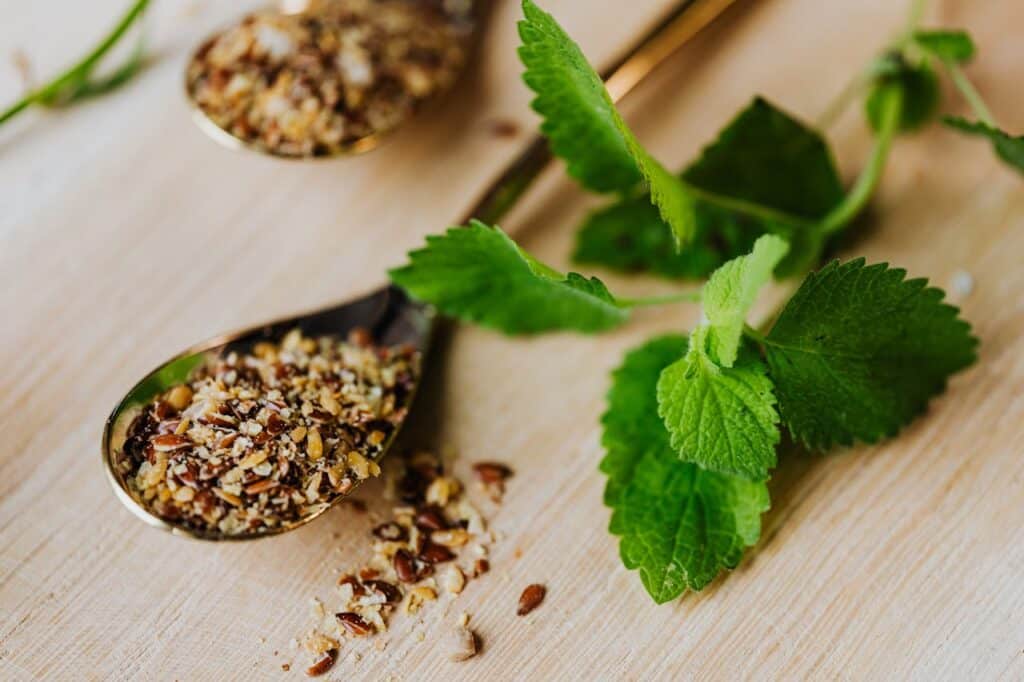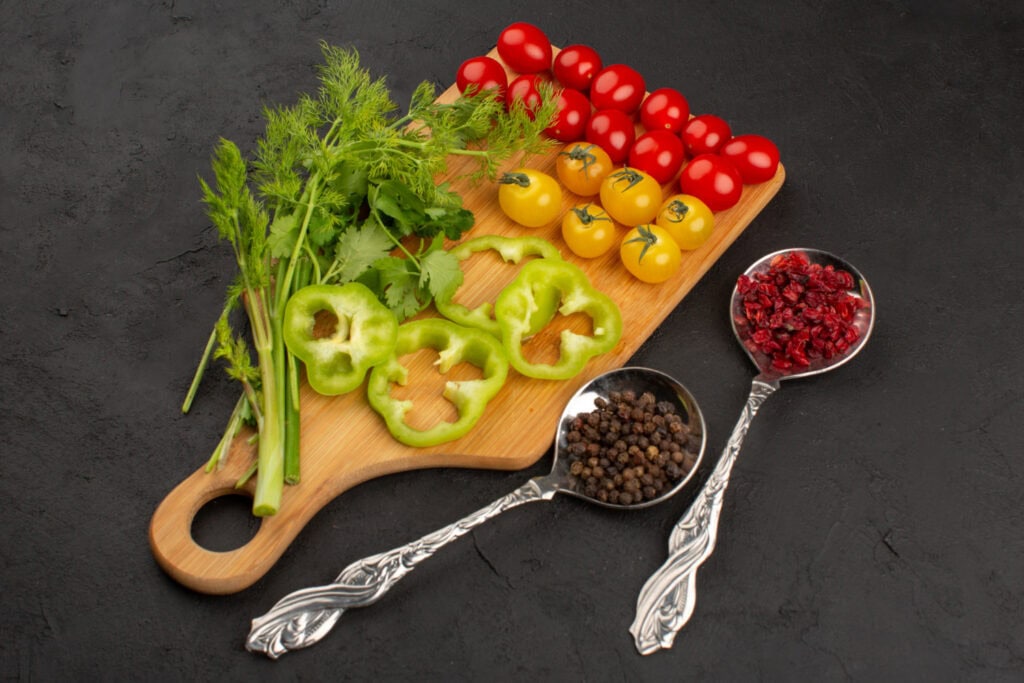
By Jermaine Thomas June 9, 2025
When it comes to fine dining and catering, the final presentation is just as crucial as the taste. Although edible garnishes are tiny, they can have a significant impact. These small touches, like a sprig of fresh herbs or elaborate sugar work, can turn a dish from good to remarkable. Garnishes, when done well, are edible decorations that enhance the flavour, draw attention to the theme, and spark conversation among guests.
Presentation is becoming more and more important as food is transformed into a visual and sensory experience that is shared on social media. This makes it more crucial than ever to understand the significance of catering garnish ideas.
The Role of Garnishing in Culinary Presentation
Garnishes are more than just decoration. They have a functional role in the culinary experience. Whether offering a contrasting texture, a burst of fresh flavor, or a nod to the dish’s cultural roots, the right garnish completes the plate. In catering, garnishing takes on additional significance. Each plate is part of a larger event narrative. The appearance of each dish must support that narrative while maintaining efficiency and consistency across servings. This means food embellishments must be beautiful, practical, and scalable.
When executed well, edible decor does not distract from the food. Instead, it reinforces the concept and elevates the experience, helping guests connect emotionally with what they are about to eat.
Classic Edible Garnishes That Never Fail
The simplicity and adaptability of some garnishes have allowed them to survive over time. Fresh herbs like dill, cilantro, basil, and parsley give food layers of flavour in addition to improving appearance. Especially in seafood or dessert dishes, citrus zest and slices are used to add brightness. Pansies, nasturtiums, and marigolds are examples of edible flowers that are commonly used in high-end catering to add elegance and colour. Microgreens have become more well-known due to their delicate flavour and vivid colour. You can prepare each of these in advance and add them right before serving.
While these traditional elements are simple, they still count as effective garnish ideas for catering because they are easy to handle, widely accepted, and instantly upgrade the plate’s appearance.

Creative Food Embellishments That Stand Out
Moving beyond the basics, modern caterers are now using more daring and original edible decor to set their presentations apart. Dehydrated fruits, flavored foams, vegetable ribbons, and spiced oils can all be part of the garnish lineup. A thin beet chip perched atop a goat cheese mousse, or a swirl of basil oil around a soup bowl, can turn familiar dishes into something extraordinary. Infused gels and powders made from herbs, mushrooms, or citrus create mystery and intrigue.
These food embellishments are not only eye-catching but also add subtle layers of taste that guests will appreciate. They show that every element on the plate has been considered, even the smallest ones.
Pairing Garnishes with the Right Course
Not every dish goes well with every garnish. The food’s flavour, texture, and temperature all affect how well it works. Crisp vegetables, delicate flowers, or chilled fruit accents are often beneficial for cold appetisers. Charred components, sauces, or seasoned crumbs may be used in main courses to balance the spice or highlight richness. Sweet garnishes such as edible gold leaf, spun sugar, or mint leaves add a touch of luxury to dessert plates. A chocolate curl on mousse or fruit compote on cheesecake let the diner know that the meal is being finished with thoughtfulness.
By aligning edible decor with the intent of the dish, caterers ensure that the embellishment is not only attractive but also meaningful.
Thematic Garnishes for Branded Catering Experiences
Event themes and brand messaging can be supported by visual elements in food. Garnishes are a subtle but powerful way to reinforce a visual identity. For example, a catering company serving an autumn wedding may use toasted pumpkin seeds or rosemary sprigs to align with the season. At a corporate event, color-matching garnishes can reflect company branding. A green pea purée swirl or red beet powder line on the plate helps tie food to the event’s aesthetic. These thematic touches may be small, but they create a cohesive impression that connects every part of the experience.
Garnishes That Reflect Cultural Heritage
Using cultural traditions to tell stories also involves garnishing. Adding culinary embellishments with cultural significance can elevate ethnic dishes. For example, adding sesame seeds to a Korean dish or garnishing tacos with chopped onions and a lime wedge honours and emphasises the cuisine’s authenticity. Indian food may use edible silver leaf or fresh coriander, while Middle Eastern dishes may have a dusting of sumac. These components have a strong visual impact and give diners a sense of authenticity. In addition to enhancing presentation, following these customs when garnishing honours the dish’s origin and educates guests.
Operational Considerations in Garnishing for Events
While creativity is essential, caterers must also consider practicality. Garnishes need to hold up under time and temperature changes. They must be quick to apply without disrupting service speed. This means choosing ingredients that can be prepped in advance and finished quickly. Pre-assembled garnish kits for each course, edible flowers stored in cool environments, or reusable garnish molds for consistency are examples of efficient workflows.
Even edible decor needs to balance beauty with logistics, especially in large-scale catering environments where every second matters.
Budget-Friendly Garnishing Without Losing Style
Excellent garnishes don’t have to be costly. Scraps or repurposed components can be used to create a variety of visually striking food decorations. For seasoning, crumble dehydrated herb stems. Peels from citrus fruits can be candied. Crisping beetroot skins adds crunch and colour. Using what would otherwise be waste to create a garnish not only saves money but also promotes sustainability. By making these wise decisions, caterers can keep an elegant appearance while making the most of their budget. When used properly, edible décor can be both cost-effective and visually striking.
Garnishes and the Social Media Effect
In today’s digital world, garnishes are part of your branding. A beautiful plate is more likely to be photographed and shared online, offering free promotion. Social platforms like Instagram thrive on colorful, creative, and shareable food visuals. When your food looks as good as it tastes, you increase the likelihood of social sharing. A tiny flower on a tart or a drizzle of sauce in a swirl can spark hundreds of impressions. This is why garnish ideas for catering are also marketing strategies. It pays to think of food embellishments not only as flavor or decor but as moments that can go viral.

Training Staff on Garnish Techniques
Chefs and front-line employees must receive training on the placement and function of garnishes to guarantee uniformity. This prevents careless decorating that could ruin the experience. Standardising the appearance is aided by plating templates, visual references, and clear guidelines. Basic food safety concepts should be covered in training as well. Use only food that has been properly cleaned, stored safely, and is actually edible. In order to preserve texture and temperature, staff members should also be aware of when to add garnishes.
When a team understands the impact of small touches, they become more invested in delivering a complete and refined dish.
Final Thoughts
Edible garnishes add a creative and sensory touch that elevates every dish. They enhance visual appeal, reflect cultural or brand identity, and show attention to detail. Even with limited time or budget, thoughtful garnishing can make any meal feel curated and memorable.